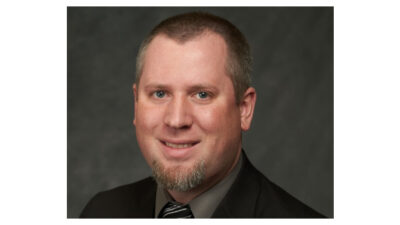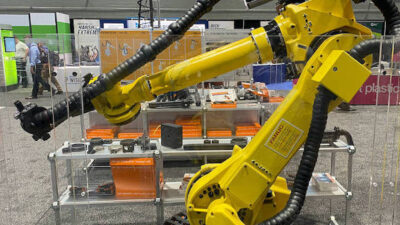The Nov. 9, 2017, “Motors and drives—working together efficiently” webcast presenters addressed questions not covered during the live event.
Standard induction motors use (and waste) electricity. Total motor energy usage for the industrial sector outstrips commercial usage about 3:1. To reduce operational costs across all nonresidential buildings, variable frequency drives (VFDs) and variable speed drives (VSDs) are frequently used with ac induction motors that operate pumps, fans, compressors, or similar equipment with variable load profiles.
This webcast on motor and drive technologies and selection criteria aimed to help users decide what technologies to choose. It addressed efficiency standards that apply to ac induction motors and the systems in which they operate, load issues, applications, relative cost of operation, and harmonic mitigation. CFE Media research is cited. An RCEP Professional Development Hour (PDH) is available.
Presenters Mike Howell, technical support specialist, Electrical Apparatus Service Association (EASA); and Piyush Desai, founder and president, PD Consulting Inc., Chicago responded to questions not answered during the live "Motors and drives—working together efficiently" webcast on Nov. 9, 2017.
Question: What are two-winding motors and how do they function with respect to single-winding motors?
Mike Howell: Two-winding motors can provide conventionally up to four different speeds at power frequencies. Most commonly, they provide two different speeds at power frequency and usually a ratio different than 2:1. With one winding and two speed motors, a 2:1 speed ratio is required unless a very special stator winding connection called pole amplitude modulation winding is used. All of these are being used less as variable frequency drive (VFD) usage continues to grow.
Q: When the motors are very far from the drives, what do we have to know about this factor?
Piyush Desai: You may need to check with VFD manufactures about the guidance on longer cables. Often it will require additional chokes/filters between the motor and the VFD.
Howell: Additionally, with moderate to high carrier frequency, the need for insulated bearings and a shaft grounding system will increase as will the need for an inverter-duty insulation system.
Q: What is the state of switched reluctance motors (SRMs) in the market today? Why are they not more popular?
Desai: SRMs are gaining more popularity as a future motor technology, and a lot is happening in this field. Many applications are in the development stage with this technology that should come out in the near future. Conventional SRMs seemed to suffer from efficiency and noise problems. Also, the established ecosystem around induction machines do not favor new technologies.
Q: I know Nidec does switched reluctance controllers. Why has SR not caught on more than it has?
Desai: Conventional SRMs seemed to suffer from efficiency and noise problems. Also established ecosystem around induction machines do not favor new technologies.
Q: What does "SCIM" stand for?
Desai: Squirrel cage induction motor.
Q: The table at PDF page 26, "Energy Savings in Previous Example (with Variable Torque Load – e.g. Fan)" as shown is very misleading: without VFD motor speed handling, various loads would be (almost) constant, but the motor load and motor power definitely would not. Please clarify/correct.
Desai: This is a simplified calculation to drive the point of energy savings with variable torque load. You are correct that the motor power would reduce with reduced load, but not by whole lot. If I remember it correctly, I saw 20% power reduction with 80% load reduction from a measurement I did on a pump system.
Q: How about liquid cooled motors? Are there already standards?
Howell: NEMA MG-1 and IEC 60034 standards cover water-cooled machines.
Q: Confirm the use of the term VFD versus VFC; VFD seems to be a component of the VFC, and VFC (variable frequency controller) is the more appropriate term.
Desai: I have seen VFD used way more often than VFC. There is no standard, and I listed few terms to describe VFD.
Howell: Additionally, the vast majority of end users are familiar with using VFD, and sometimes terms are chosen according to the audience.
Q: How can VFD-generated noise and harmonics on the ac line be reduced?
Desai: Unfortunately, noise and harmonics caused by VFDs on the power lines only can be mitigated with a more elaborate rectification section (such as active rectification).
Q: Please address how harmonics generated by VFDs are best mitigated, and provide examples of applications (medical?) where VFD usage would not be advised due to the harmonics.
Desai: A more elaborate rectification section (such as active rectification) can address harmonics problems with VFDs. High performance applications (such as medical, guidance and navigation, communication systems, etc.) are prone to harmonics and require harmonic mitigation measures of some sort.
Q: Are bearing currents an issue with journal-type bearings?
Howell: Yes, journal-type bearings or sleeve bearings are susceptible to electrical pitting. NEMA MG-1 recommends that voltage between shaft and frame/ground not exceed 200 mV. Sleeve bearings often are insulated, especially in large machines where magnetic dissymmetry is common.



